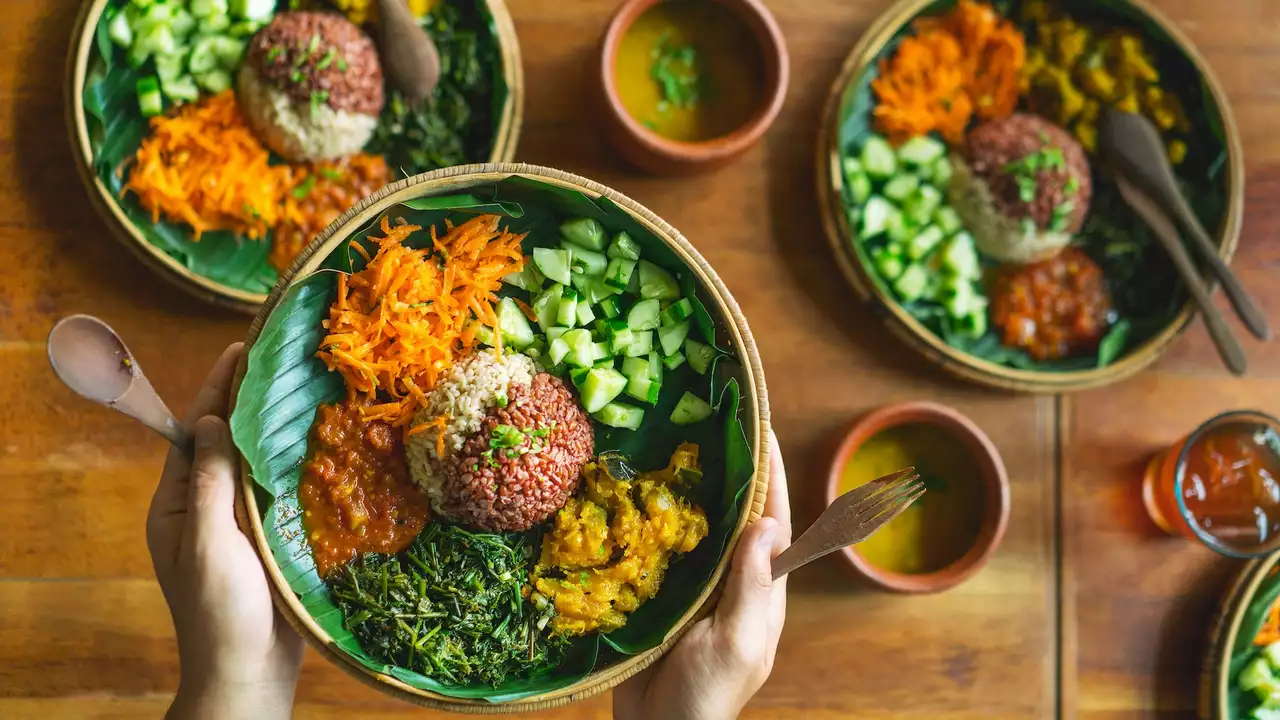Dietary Habits: Simple Tips and Everyday Food in Udupi
When you think about what people eat every day, it’s more than just a list of dishes. It’s a mix of culture, budget, and what’s easy to find. In Udupi, the way folks put food on the plate tells a lot about their lives. Let’s break down the basics so you can understand the common patterns and pick up a few handy ideas.
Common Meals Across Udupie
Most households start their day with a light breakfast – often a bowl of upma, idli, or plain rice porridge. These dishes are cheap, filling, and give quick energy. Lunch is usually the main event: rice or chapati paired with dal, a vegetable stir‑fry, and sometimes a fish or chicken curry if the budget allows. Dinner tends to be lighter, often leftovers or a simple dal‑rice combo.
For many low‑income families, the staples are wheat, rice, and pulses. These ingredients are cheap, store well, and can be turned into many dishes. Adding seasonal vegetables keeps the meals balanced without blowing the budget. When meat is included, it’s usually in small portions, saved for special occasions.
Snacks are also part of the routine – think roasted peanuts, ripe bananas, or a quick handful of puffed rice. These are easy to carry, require no cooking, and help curb hunger between meals. The key is simplicity and cost‑effectiveness.
Quick Ways to Boost Your Nutrition
If you want to up the nutrition without spending much, start by adding a spoonful of roasted seeds (like sunflower or pumpkin) to your dal or soup. They bring healthy fats and protein for a tiny extra cost.
Another easy trick is to mix a handful of chopped greens into your regular rice or chapati dough. Spinach, fenugreek leaves, or even cabbage work well and improve fiber intake.
Swap plain water with a glass of buttermilk after meals. It aids digestion and adds calcium. You don’t need fancy drinks – just a little yogurt mixed with water and a pinch of salt.
When you buy pulses, soak them overnight. Soaking reduces cooking time, saves fuel, and makes the nutrients more digestible. It’s a small habit that pays off in both health and utility bills.
Finally, try to include at least one fruit a day. Local options like mango, papaya, or guava are usually affordable during their season. A piece of fruit adds vitamins and natural sweetness without added sugar.
Understanding these everyday dietary habits helps you see where small changes can make a big difference. Whether you’re cooking for yourself or a family, the goal is simple: keep meals tasty, affordable, and a little healthier each day.

How often do you eat Indian food?
Indian food and I share a delicious love affair that's almost as spicy as my wife's sense of humor! We rendezvous about once a week, with every bite a symphony of flavors that makes my taste buds dance the Bhangra. However, my belly might argue it's a touch too often, especially after a particularly fiery Vindaloo! But hey, who can resist the siren call of aromatic curry, fluffy naan, and delectable samosas? So, it's safe to say, Indian food and I, we're in a committed relationship, with a bit of a bloated belly as a souvenir.